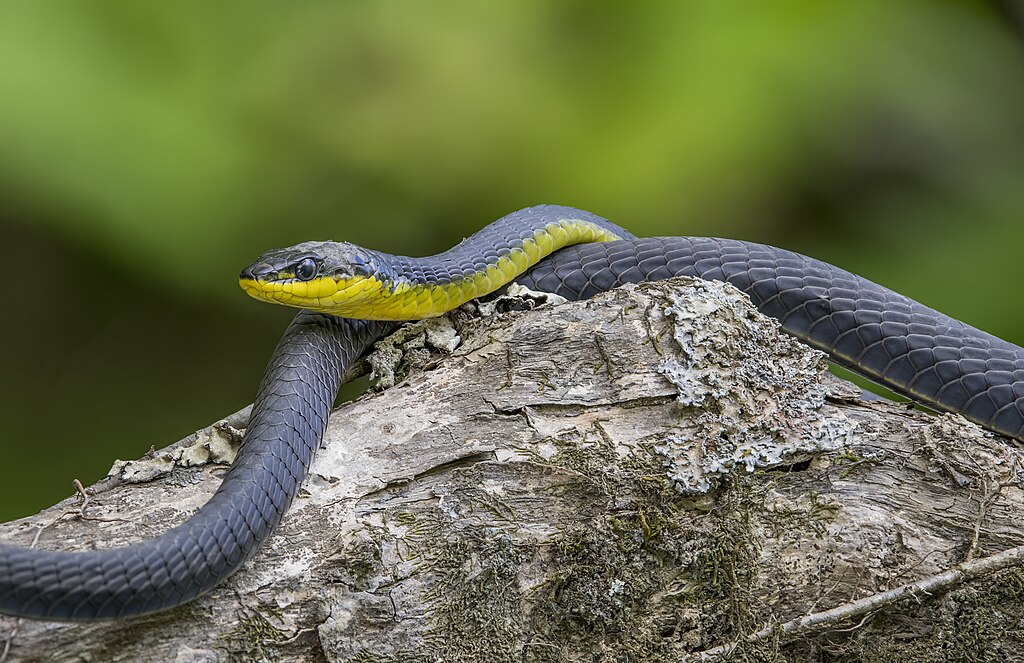In the pitch-black depths of underground burrows, inside hollow logs, or during moonless nights, snakes move with remarkable precision despite having no visibility. While humans would stumble helplessly without light, these remarkable reptiles slither confidently through total darkness, hunting prey and avoiding dangers. This extraordinary ability isn’t the result of night vision as we understand it—snakes have developed a complex array of specialized sensory systems that allow them to create a multidimensional understanding of their environment without relying on sight. From heat-sensing pits to tongue-flicking chemical analysis, these animals represent one of nature’s most sophisticated examples of sensory adaptation. Let’s explore the fascinating ways snakes navigate when plunged into complete darkness.
The Limitations of Snake Vision
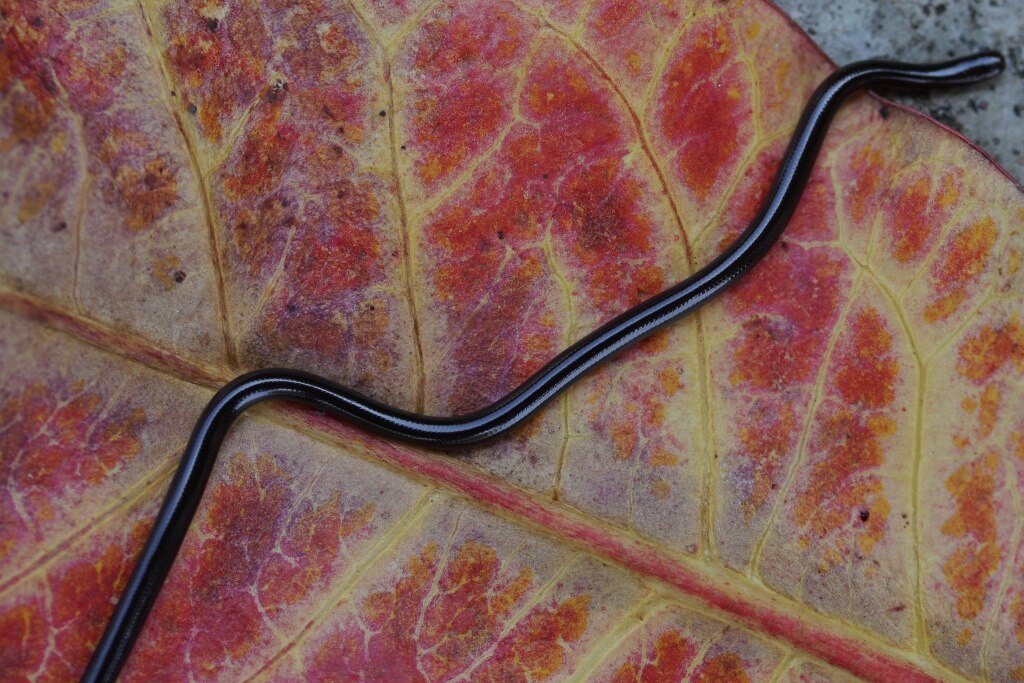
Snake eyes vary greatly across species, but even those with relatively good vision face significant limitations. Most snake species possess limited color perception, reduced depth perception, and poor visual acuity compared to mammals. Some burrowing species have evolved such diminished eyesight that they can barely distinguish between light and dark, with eyes covered by transparent scales. Snake vision evolved primarily to detect movement rather than fine details, making it inadequate for navigating complex environments in darkness. This visual limitation has driven the evolution of alternative sensory systems that allow snakes to thrive in low-light or completely dark environments where other predators might struggle.
Infrared Heat Detection: Nature’s Thermal Imaging
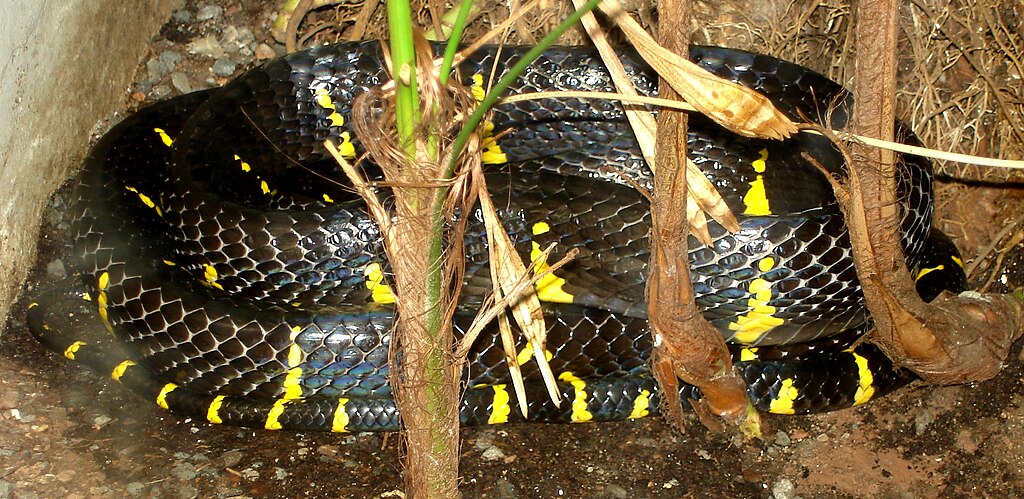
Perhaps the most famous sensory adaptation in snakes is the pit organ system found in pit vipers, pythons, and boas. These specialized heat-sensing organs allow snakes to detect infrared radiation emitted by warm-blooded prey. Located between the eye and nostril in pit vipers or along the lip scales in boas and pythons, these organs can detect temperature differences as small as 0.003°C. The pit organ contains thousands of heat-sensitive receptors that create a thermal map of the environment, allowing snakes to “see” warm objects against cooler backgrounds. This infrared detection works completely independently of light and gives these snakes an extraordinary advantage when hunting mammals and birds in darkness. Remarkably, the brain processes this thermal information in the same region that handles visual information, effectively creating a form of thermal vision.
Chemical Sensing Through Tongue-Flicking
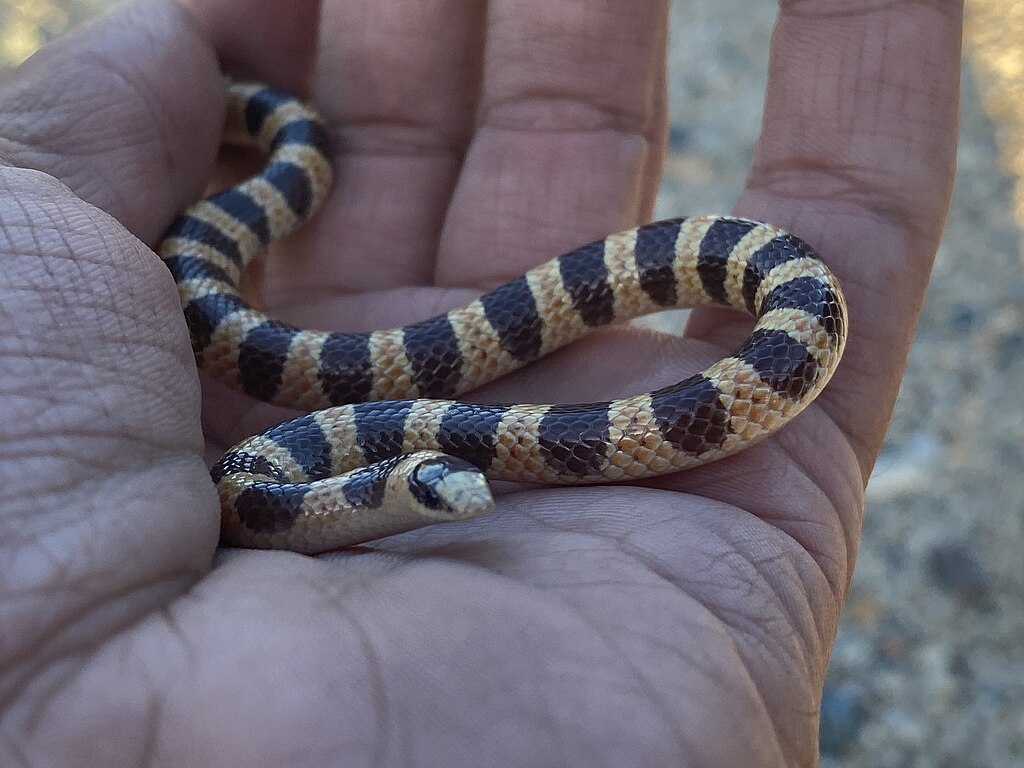
The characteristic tongue-flicking behavior in snakes isn’t just an intimidating display—it’s a sophisticated chemical sampling system. A snake’s forked tongue collects airborne particles and molecules from its environment, which are then transferred to the Jacobson’s organ (vomeronasal organ) located in the roof of the mouth. This specialized sensory structure analyzes these chemical signatures and sends the information to the brain. The split nature of the tongue allows snakes to detect chemical gradients, providing directional information about the source of scents. This chemical “smell” creates a detailed olfactory map that works perfectly in complete darkness, allowing snakes to follow prey trails, detect predators, find mates, and navigate familiar territories without any visual input.
Vibration Detection Through Bone Conduction
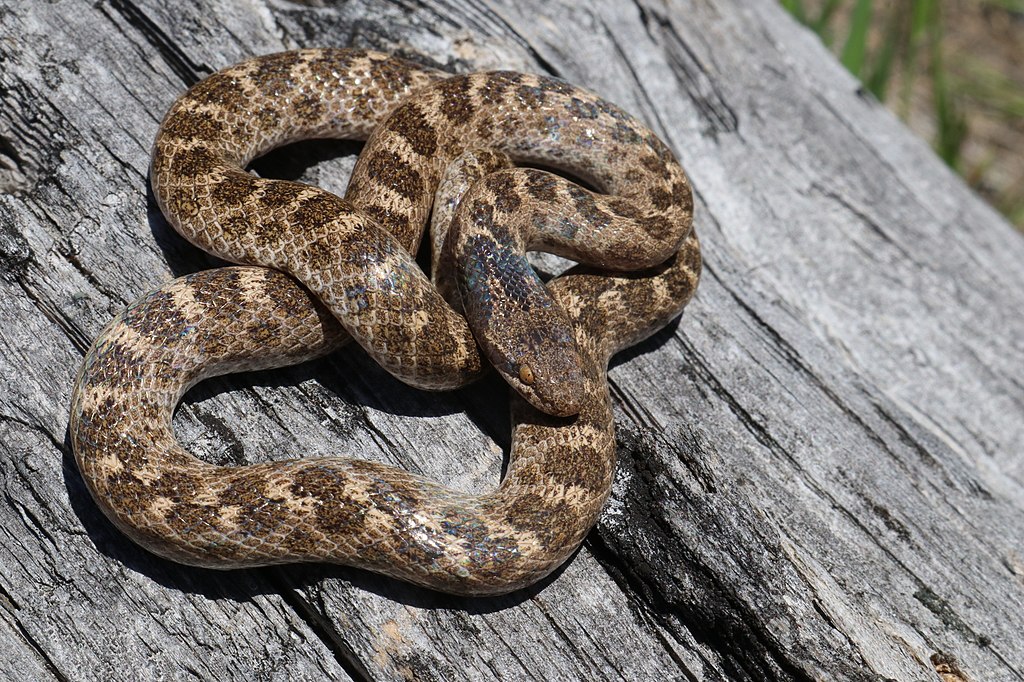
Snakes possess no external ears and lack many structures found in the mammalian auditory system, but they’re far from deaf. Their entire body acts as a vibration detection system, with their jawbones and skull transmitting ground vibrations to the inner ear. This system, known as bone conduction, allows snakes to detect low-frequency vibrations traveling through solid surfaces. When prey animals walk, dig, or move nearby, snakes can detect these subtle vibrations through direct contact with the ground. This sensory capability is particularly valuable for burrowing snakes that spend most of their lives underground in complete darkness. Some studies suggest that certain snake species can detect vibrations from potential prey moving nearly 50 feet away, demonstrating the remarkable sensitivity of this system.
The Role of Touch and Pressure Receptors
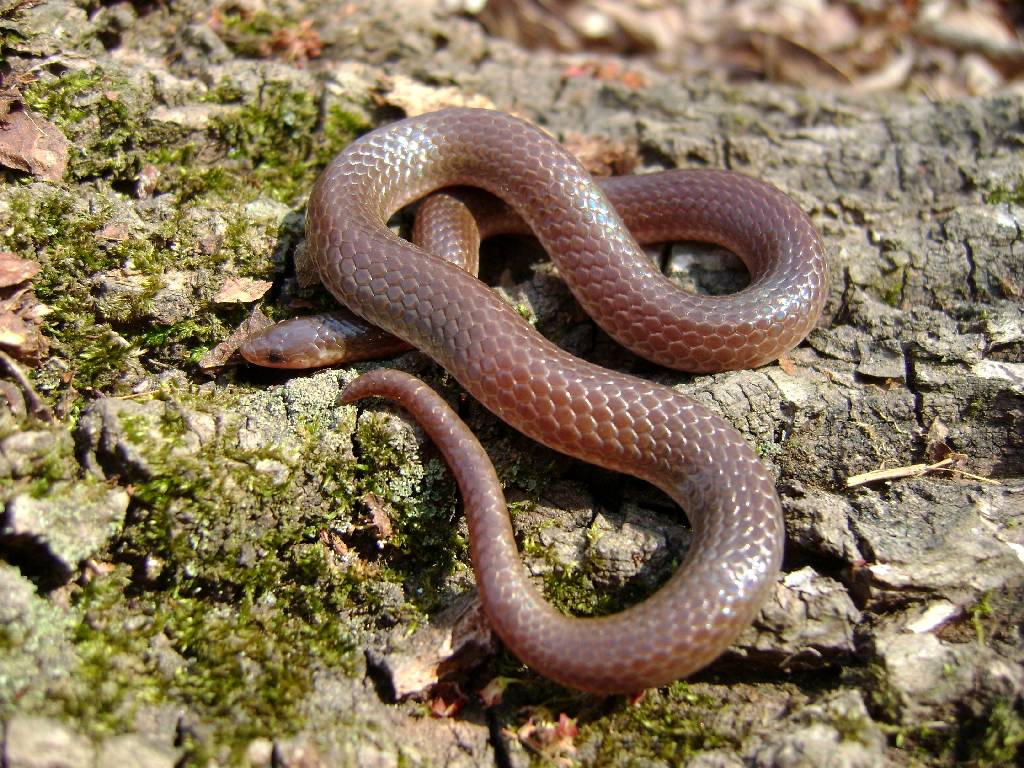
Snakes possess an exquisitely sensitive array of touch receptors distributed throughout their bodies, particularly concentrated in their ventral scales. These mechanoreceptors detect pressure, texture, and contact, providing immediate feedback about the snake’s surroundings. When navigating in darkness, this tactile information becomes crucial for understanding terrain features and avoiding obstacles. The snake’s body continuously presses against the ground and surrounding objects, creating a real-time tactile map of the immediate environment. Additionally, specialized cells detect changes in pressure, helping snakes identify enclosed spaces versus open areas—an important distinction when navigating through narrow tunnels or crevices in complete darkness. This tactile sensitivity also helps them find ideal shelter locations where they can rest securely.
Magnetic Field Perception for Navigation

Emerging research suggests that some snake species may possess magnetoreception—the ability to detect Earth’s magnetic field for navigation purposes. Though less studied in snakes than in birds or sea turtles, evidence indicates that certain snakes can use geomagnetic cues for long-distance movement and orientation. This sense would be particularly valuable for species that migrate or return to specific locations seasonally. Magnetoreception works independently of light conditions, making it an ideal supplementary navigation system in darkness. Scientists believe this ability may involve magnetically sensitive cells containing iron-based crystals that align with Earth’s magnetic field. While research continues in this area, magnetic field perception could explain how some snakes maintain directional consistency during nocturnal or subterranean travels.
Behavioral Adaptations for Dark Navigation

Beyond physical sensory systems, snakes display behavioral adaptations that enhance their ability to navigate in darkness. Many species adopt a characteristic side-to-side head movement when exploring new environments, which maximizes input to their various sensory systems. This behavior allows them to create more comprehensive sensory “images” by sampling chemicals, heat signatures, and vibrations from multiple angles. Some species also exhibit thigmotaxis—a preference for maintaining body contact with surfaces—which provides continuous tactile feedback when visual cues are absent. Additionally, snakes often reduce their movement speed in unfamiliar dark environments, taking a more methodical approach to exploration that prioritizes sensory gathering over rapid movement. These behavioral strategies complement their physical adaptations, creating an integrated navigation approach.
Specialized Adaptations in Burrowing Species
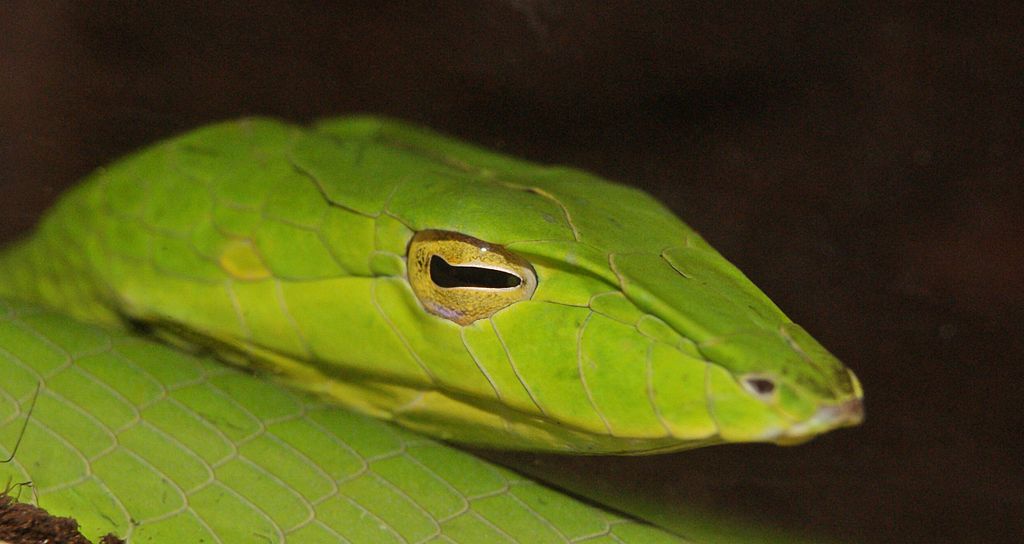
Snakes that specialize in subterranean lifestyles have evolved additional adaptations specifically for navigating in perpetual darkness. Species like blind snakes (Typhlopidae) have reinforced skulls for digging, reduced eyes covered by scales, and smooth, rounded snouts that facilitate forward movement through soil. Their entire sensory system is optimized for underground life, with heightened sensitivity to vibrations and chemicals but almost no reliance on visual information. These specialized burrowers often follow the tunnel systems created by their prey—typically ants and termites—using chemical trails as guidance systems. Perhaps most remarkably, some burrowing species can detect subtle differences in soil density and composition through pressure-sensitive cells, allowing them to locate prey nests or avoid impenetrable soil layers in complete darkness.
Memory and Spatial Cognition in Darkness

Contrary to popular belief, snakes possess significant cognitive abilities, including impressive spatial memory. Studies have shown that many snake species create detailed mental maps of their territories, remembering the locations of shelter, basking spots, water sources, and productive hunting grounds. This spatial memory remains functional in darkness, allowing snakes to navigate familiar environments efficiently without visual cues. Some species demonstrate the ability to take novel shortcuts through their territories, suggesting they maintain a comprehensive spatial understanding rather than simply following memorized paths. This cognitive mapping ability complements their sensory adaptations, allowing snakes to navigate purposefully rather than randomly, even in complete darkness.
Nighttime Hunting Strategies
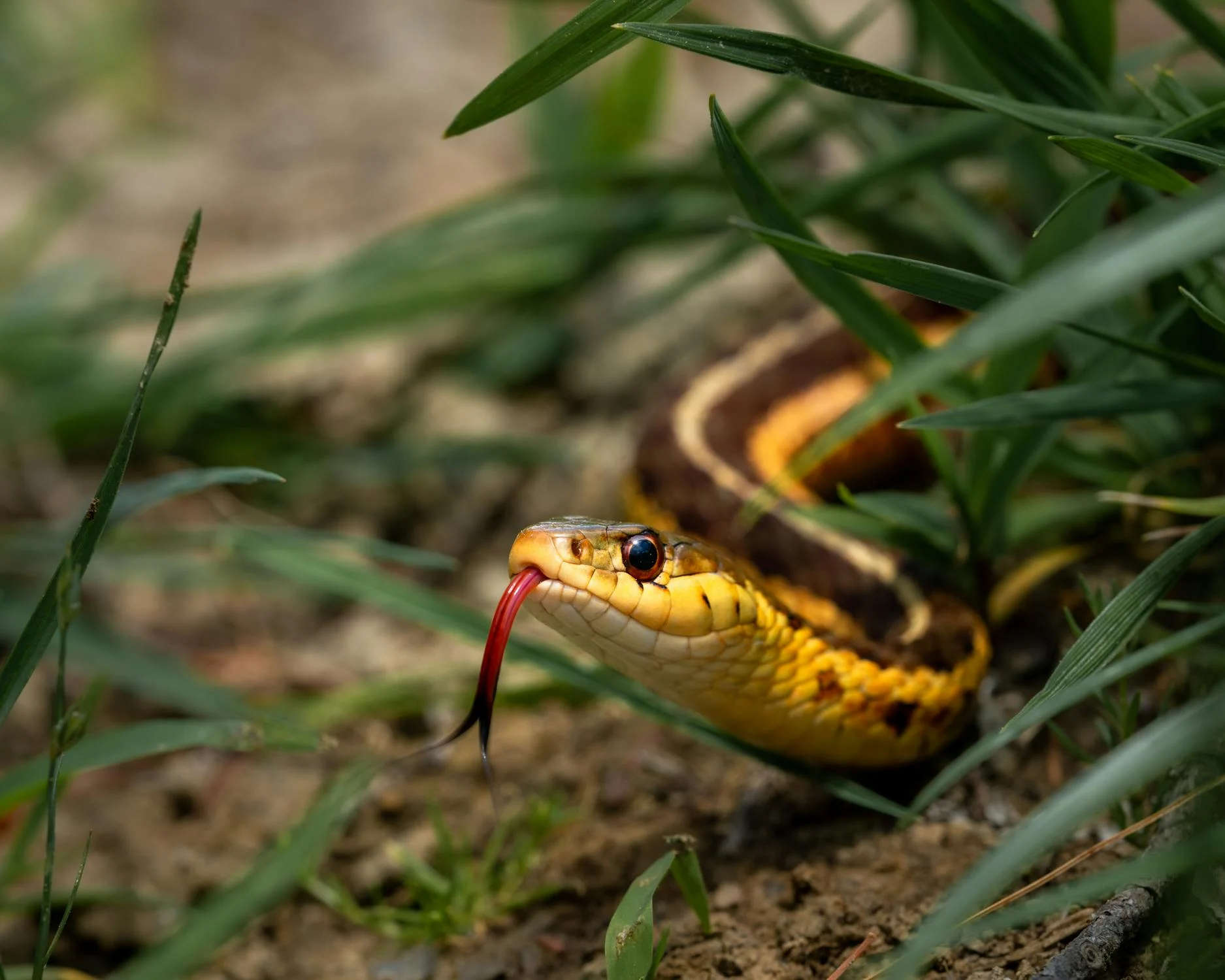
Many snake species have evolved to be nocturnal hunters, specifically adapting their predatory strategies for dark conditions. Rather than actively pursuing prey, many nocturnal snakes employ ambush tactics, positioning themselves along game trails or near water sources where prey animals are likely to pass. They remain motionless, using their non-visual senses to detect approaching prey. Pit vipers exemplify this strategy, coiling in strategic locations and waiting for warm-blooded prey to move within striking range of their heat-sensing pit organs. Other nocturnal species, like certain rat snakes, actively forage at night using primarily chemical cues to locate prey nests or burrows. These specialized hunting behaviors demonstrate how completely snakes have adapted to function without relying on vision.
Seasonal and Environmental Influences on Dark Navigation
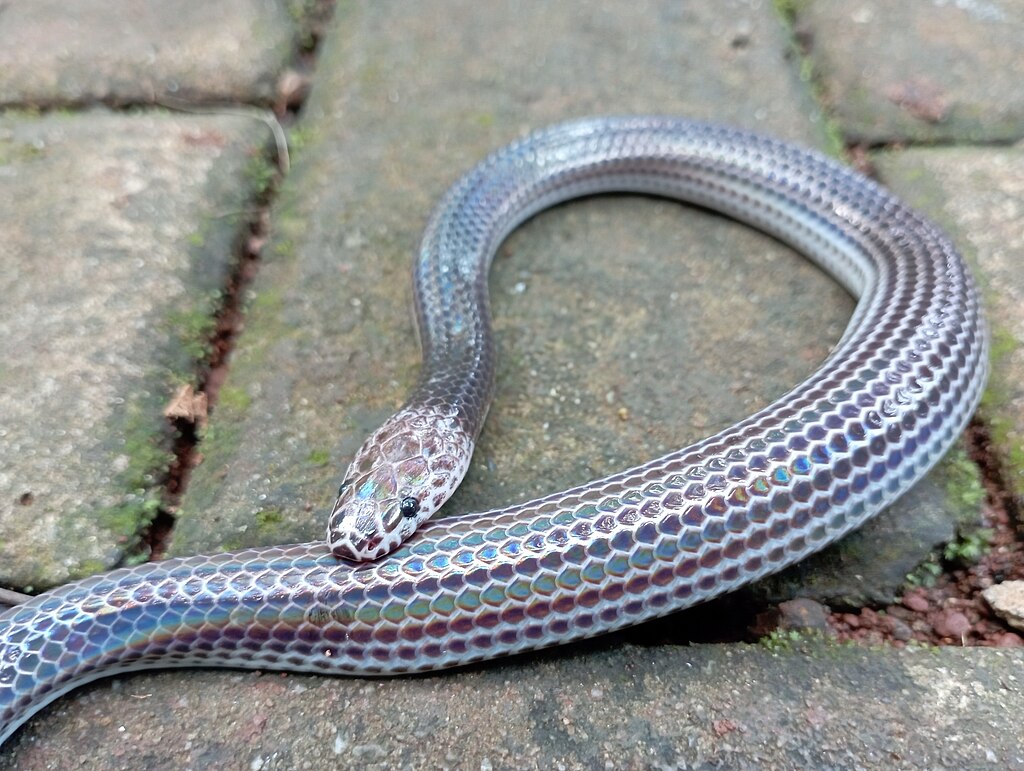
A snake’s ability to navigate in darkness isn’t static—it varies with environmental conditions and seasonal changes. During breeding seasons, male snakes demonstrate enhanced chemical sensitivity, allowing them to track potential mates over remarkable distances by following pheromone trails, even in complete darkness. Many species increase their nocturnal activity during warmer months when prey is more abundant, showcasing their confidence in navigating without light. Environmental factors like humidity and temperature affect the efficiency of various sensory systems—higher humidity improves chemical detection, while temperature variations create more distinct thermal gradients for heat-sensing species. Snakes adapt their activity patterns and navigation strategies based on these fluctuating conditions, optimizing their sensory systems for the specific challenges of each situation.
Comparison with Other Dark-Adapted Animals
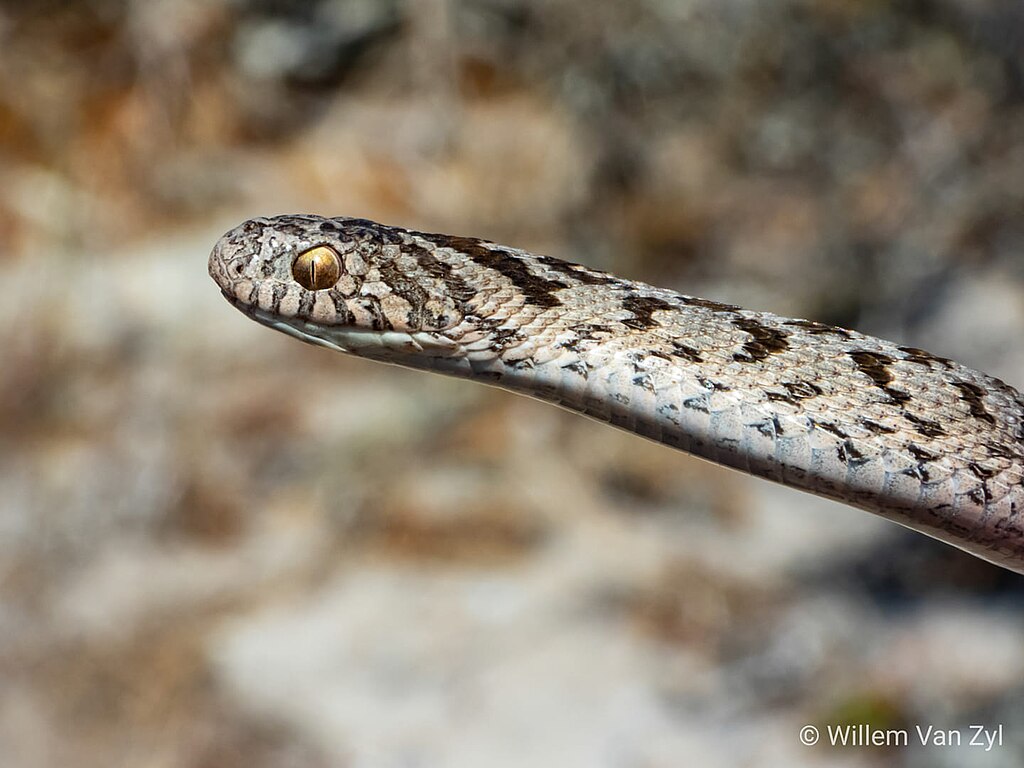
When compared to other animals that navigate in darkness, snakes demonstrate a uniquely integrated multi-sensory approach. Unlike bats and dolphins that rely primarily on echolocation, or cave-dwelling fish that develop enhanced lateral line systems, snakes combine multiple independent sensory channels that function simultaneously. This sensory redundancy provides snakes with remarkable adaptability across various dark environments. While moles have evolved specialized tactile organs on their snouts, and some insects use air current detection, few animals match the comprehensive sensory integration seen in snakes. This multi-modal approach to darkness navigation represents one of nature’s most successful adaptations, allowing snakes to occupy nocturnal and subterranean niches that would otherwise be inaccessible to visual predators.
Evolutionary Journey of Snake Sensory Systems
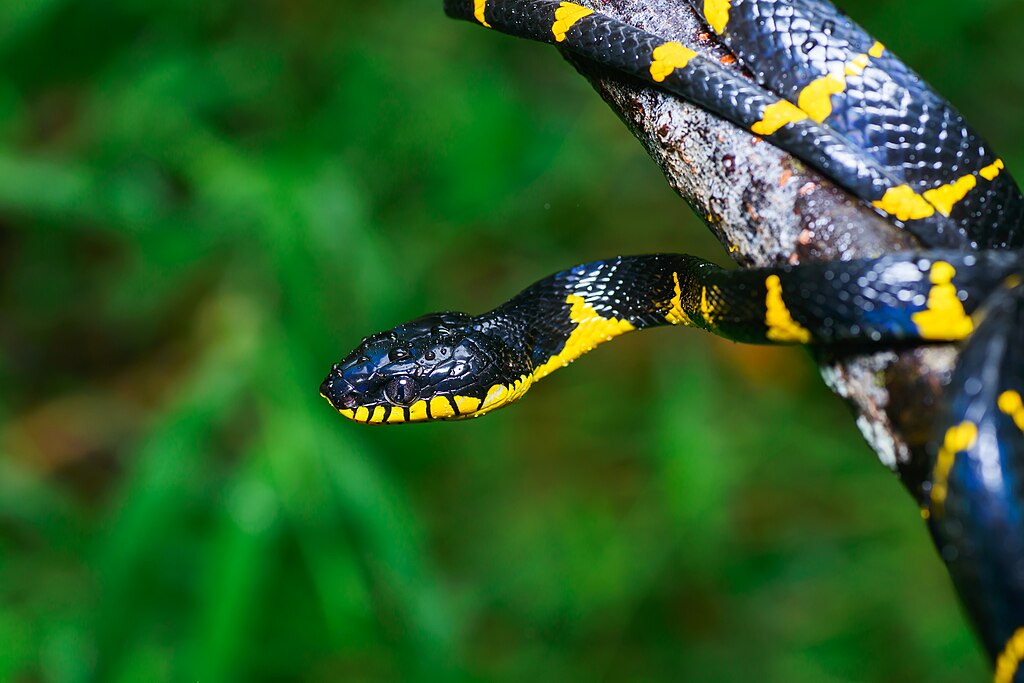
The remarkable dark-navigation abilities of modern snakes represent millions of years of evolutionary refinement. Early snake ancestors likely began as burrowing reptiles, where reduced light conditions drove the initial development of non-visual sensory systems. As these early snakes adapted to subterranean life, their visual systems became less essential, while alternative sensory modalities became increasingly sophisticated. The evolution of specialized structures like pit organs occurred later as certain lineages specialized in hunting warm-blooded prey. Fossil evidence suggests that the Jacobson’s organ predates the evolution of snakes, but became highly refined in these reptiles as they increasingly relied on chemical detection. This evolutionary journey has produced sensory systems so effective that many modern snake species have secondarily returned to surface habitats while retaining their exceptional ability to function in darkness.
Conclusion
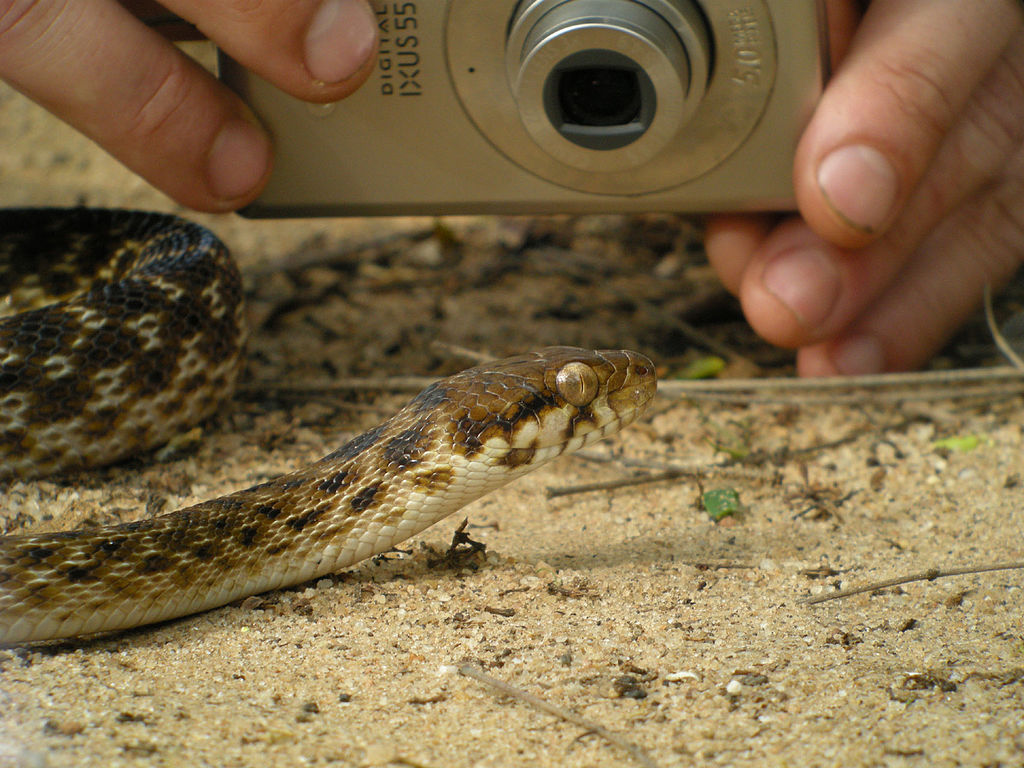
The ability of snakes to navigate in complete darkness stands as one of nature’s most impressive sensory adaptations. Through a sophisticated integration of thermal sensing, chemical detection, vibration perception, touch sensitivity, and possibly magnetic field detection, these reptiles create a multi-dimensional understanding of their environment that functions completely independently of light. This sensory toolkit, refined over millions of years of evolution, allows snakes to hunt, mate, avoid predators, and find shelter in conditions that would render most visual predators helpless. As we continue to study these remarkable abilities, we gain not only a deeper appreciation for these often-misunderstood animals but also inspiration for developing new technologies that might help humans better navigate in challenging sensory environments.

